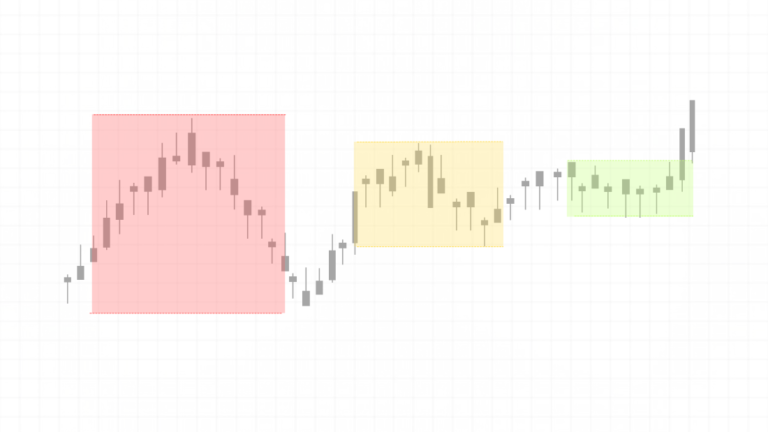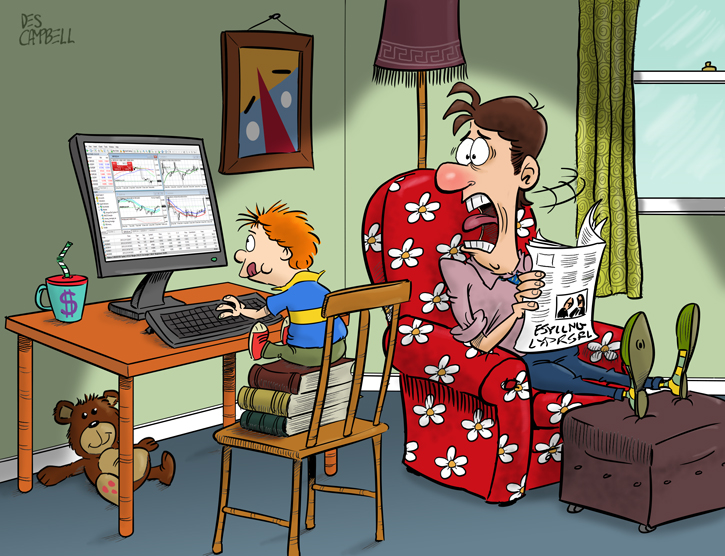
Contract size in forex refers to the fixed amount of base currency involved in a trade. It determines how much each pip movement is worth and impacts your profit, loss, and margin. Understanding contract size is crucial for managing risk and choosing the right position size for your strategy.
Key Takeaways
- A contract size defines how much currency you’re trading in one position.
- Forex offers different lot sizes: standard (100,000), mini (10,000), and micro (1,000).
- Larger contract sizes mean bigger profits but also higher risk.
- Pip value and margin requirements depend on the contract size you choose.
- Proper contract sizing helps control risk, especially when using leverage.
What Does Contract Size Mean in Forex?
In forex, a contract size refers to the amount of currency that’s being traded in a single transaction. It is the foundation of every trade you place.
For example, if you buy 1 standard lot of EUR/USD, you’re trading 100,000 units of EUR. If you buy 1 mini lot, it’s 10,000 units. These units define how much money is at stake per pip movement, and they’re essential for calculating your risk and potential reward.
Understanding contract size helps you:
- Manage trade exposure.
- Set appropriate stop losses.
- Calculate profit/loss accurately.
- Use leverage effectively.
What are the Standard Forex Contract Sizes?
Forex uses different lot sizes to represent contract sizes. Here’s a breakdown:
| Lot Type | Contract Size | Pip Value (for EUR/USD) |
| Standard Lot | 100,000 units | $10 per pip |
| Mini Lot | 10,000 units | $1 per pip |
| Micro Lot | 1,000 units | $0.10 per pip |
Some brokers also offer nano lots (100 units), though these are less common. The bigger your lot size, the more you gain or lose on each pip move.
How Contract Size Affects Pip Value
Let’s say the EUR/USD pair moves 1 pip (0.0001). Your profit or loss depends on how big your position is.
Here’s a quick guide to pip values:
- Standard Lot (100,000 units) = $10 per pip
- Mini Lot (10,000 units) = $1 per pip
- Micro Lot (1,000 units) = $0.10 per pip
That means if EUR/USD moves 10 pips:
- A standard lot earns or loses $100
- Mini lot earns or loses $10
- A micro lot earns or loses $1
So, contract size directly affects how much you make or lose for every movement in the market.
Everything About Margin, Leverage, and Contract Size
Contract size also controls how much margin you need to open a trade. Margin is the amount of money your broker locks in your account when you open a position. It depends on your contract size and leverage ratio.
For example:
- With 1:100 leverage, a standard lot (100,000) requires a $1,000 margin.
- With 1:500 leverage, it only needs $200.
Here’s a simple formula:
Required Margin = Contract Size ÷ Leverage
So, if you trade 1 mini lot (10,000) at 1:100 leverage:
Margin = 10,000 ÷ 100 = $100
The more leverage you use, the less margin is needed, but the greater the risk.
Step-by-Step Example for a 10-Pip Move
Let’s say you’re trading EUR/USD and it moves 10 pips in your favor.
If you’re trading:
- 1 Standard Lot = $10 x 10 = $100 profit
- 1 Mini Lot = $1 x 10 = $10 profit
- 1 Micro Lot = $0.10 x 10 = $1 profit
But if the trade goes against you, the losses are the same in reverse. That’s why choosing the right contract size is crucial to avoid blowing your account on a few bad trades.

4 Some Common Mistakes to Avoid
Here are the most common errors traders make with contract size:
- Over-leveraging: Using large lots with high leverage drains your margin and increases risk.
- Ignoring pip value: Some traders open positions without knowing how much they stand to lose or gain.
- Using same size for every trade: Smart traders adjust contract size based on the trade setup and account balance.
- Trading too big too soon: Beginners often jump into standard lots without proper experience or capital.
By staying aware of contract size, you protect your account from unnecessary risk.
Looking for a broker that gives you flexible contract sizes, high leverage, and raw spreads from 0.3 pips?
Get Started with Defcofx NowA Comparison Table of Lot Size and Pip Value
| Lot Size | Units Traded | Pip Value (EUR/USD) | Risk (10 Pip Loss) |
| Standard Lot | 100,000 | $10 | $100 |
| Mini Lot | 10,000 | $1 | $10 |
| Micro Lot | 1,000 | $0.10 | $1 |
Why Contract Size Matters in Risk Management
Smart trading is about preserving capital, not just chasing profits.
Contract size is your main tool to:
- Control how much you risk per trade
- Stay in trades longer without hitting margin calls
- Grow your account steadily over time
For example, risking $50 per trade on a $1,000 account is too much (5%). But if you trade a micro lot with a 50-pip stop-loss, you’re only risking $5, which is a safer 0.5%.
Difference Between Retail and Institutional Traders
| Trader Type | Contract Size Used | Strategy Approach |
| Retail Trader | Micro/Mini/Standard lots | Manual trading, small capital |
| Institutional | Millions per order | Algorithms, deep liquidity, low risk |
Retail traders often use smaller lots and high leverage. Institutional traders use large positions with little to no leverage. But both use contract size as a key part of risk management.
As a retail trader, your edge is flexibility. You can scale in and out, use stop-losses, and manage positions quickly, as long as your lot size is correct.
Final Thoughts on Contract Size in Forex
So, what is contract size in forex? It’s the amount of base currency involved in each trade, the very core of how your profits, losses, pip value, and margin are calculated. Whether you trade 1,000 or 100,000 units, your contract size affects everything.
At Defcofx, traders enjoy full control over their position sizes with raw spreads, no commissions, and leverage up to 1:2000. Whether you’re trading micro lots as a beginner or standard lots as a pro, Defcofx gives you the tools to size your trades smartly, manage risk better, and grow your account with confidence.
Want to control your risk with the perfect lot size for your strategy?
Start Trading with Defcofx Today.FAQs
In forex, contract size is the number of currency units involved in a trade. It affects how much money you gain or lose per pip. Larger contract sizes mean higher potential profits but also greater risk. It’s a key factor in your risk management.
The main contract sizes are
Standard lot: 100,000 units
Mini lot: 10,000 units
Micro lot: 1,000 units
These allow traders with different account sizes to control their exposure and adjust their pip value.
Larger contract sizes require more margin unless you use leverage. For example, trading a standard lot with 1:100 leverage requires $1,000 in margin. Smaller contract sizes need less margin. Always match your contract size to your balance and leverage.
Choose a contract size based on your account size, risk per trade (usually 1–2%), and stop-loss distance. Use a forex calculator or table to convert your risk tolerance into the correct lot size. Don’t risk more than you can afford to lose.
If you’re new to forex, start with micro lots (1,000 units). They help you manage risk while you learn. Focus on consistency, not large profits. Once you understand pip movement and margin usage, you can gradually scale to mini or standard lots.
Defcofx Forex Articles You Shouldn’t Miss
Discover powerful forex strategies in these top reads from Defcofx.


